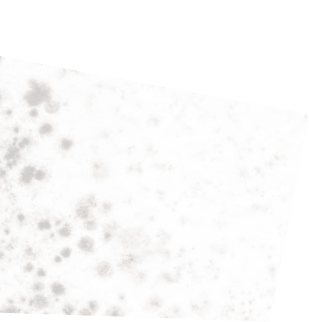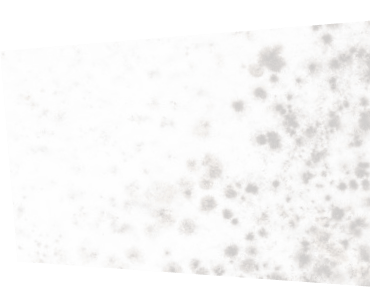Volatile organic compounds (VOCs) are chemicals that have a high vapour pressure at room temperature, which enables them to easily evaporate or sublimate and enter the surrounding air. These compounds are numerous, and they can be both natural and man-made.
Most VOCs are harmless, but there are some that have harmful qualities that usually negatively affect health in cases of long-term exposure. Considering that paints, varnishes, wax and various construction materials contain organic solvents (which all release some amount of VOCs while they are used and stored), it becomes apparent why air in some homes have 2-5 times more organic pollutants compared to the air outside.
What causes VOCs?
Many organic solvents that are widely used in construction, as well as in cosmetic and chemical industries, stay in the final product and emit VOCs over time. There are various potential sources of VOCs in your home, which can include:
- paints and paint strippers
- aerosol sprays
- wood preservatives
- flooring, carpets
- caulks and sealants
- office equipment (printers, correction fluids, carbonless copy paper, etc.)
- cleansers and disinfectants
- pesticides, insect repellents
- air fresheners
- hobby and craft supplies (adhesives, permanent markers, certain colours for painting, photographic solutions)
- glues
- dry-cleaning liquids
- stored fuels and automotive products
- perfumes and cosmetics
- tobacco smoke
- wood-burning stoves
Effects of VOCs
Although many VOCs aren’t harmful acutely, long-term exposure to these chemicals can cause a variety of negative health effects like headaches, nausea, irritation of eyes, nose and throat, loss of coordination, damage to internal organs (kidneys and liver) and central nervous system. Some organics were even proven to have carcinogenic effects in animals, while some are suspected to have such effects in humans too.
Symptoms that are often experienced in case of VOCs exposure are:
- fatigue
- headache
- nausea
- allergic reactions
- conjunctival irritation
- shortness of breath
- discomfort in throat and nose
- dizziness
- vomiting
- nosebleed
- memory impairment
The extent and nature of health effects of VOCs depend on many factors, the two most important being length and level of exposure. Most people are not affected by short-term exposure to low levels of VOCs, but some are more sensitive, like children and people with asthma. Research on this subject is ongoing, so we are yet to fully understand the effects of VOCs on human health.
How can I protect myself from VOC exposure?
There are some steps you can take to avoid the risk of VOC exposure, or at least reduce it to a minimum. Here are some suggestions:
- Not all building materials are the same when it comes to VOCs emission, so try to chose the ones that contain low VOCs; the same goes with cleaning and cosmetic products
- Try to avoid having leftover paint, furnishings and building materials stored in your home
- Avoid using aerosol deodorisers, candles and air fresheners
- Restrict smoking in your home
- Always properly ventilate your home after renovation and wait for a day or two before moving back in
If you have problems with the presence of VOCs in your home, it is best to reach out to a trusted home remediation company that will perform an air quality test and offer you the best solutions for removing their source. Inch by Inch Inspections is a professional home and commercial building inspection company that offers its high-quality service in Toronto and the GTA. With years of experience and a long list of satisfied customers, Inch by Inch Inspections is your go-to if you are looking for a professional, honest and friendly inspector.




